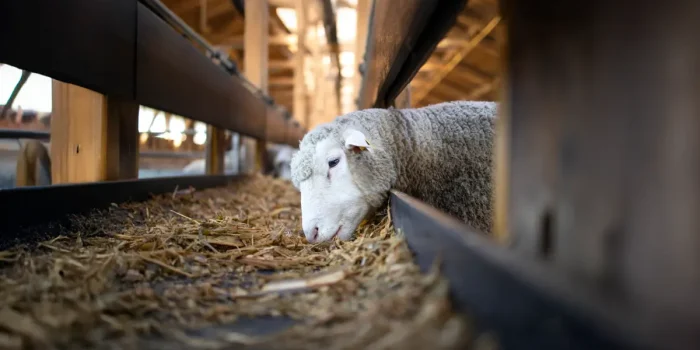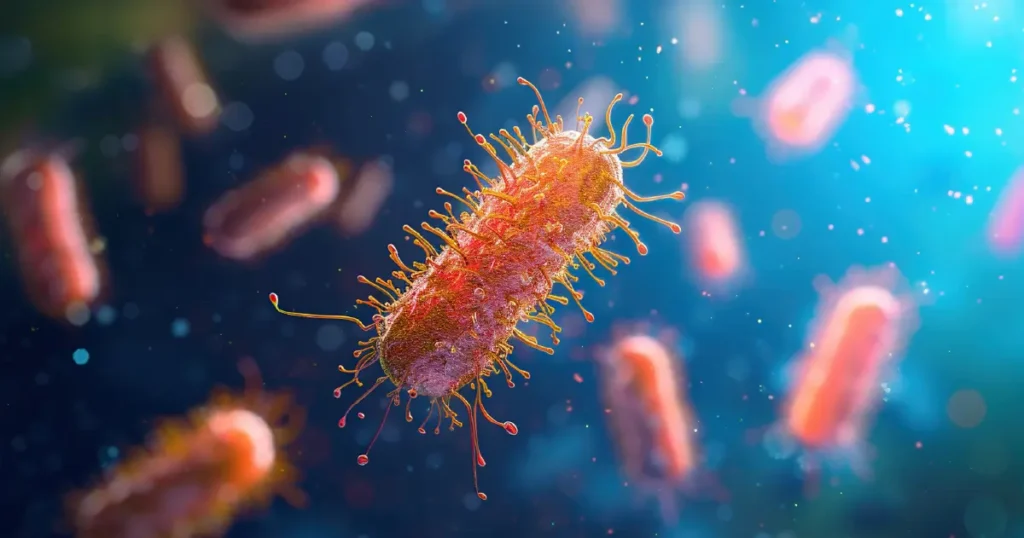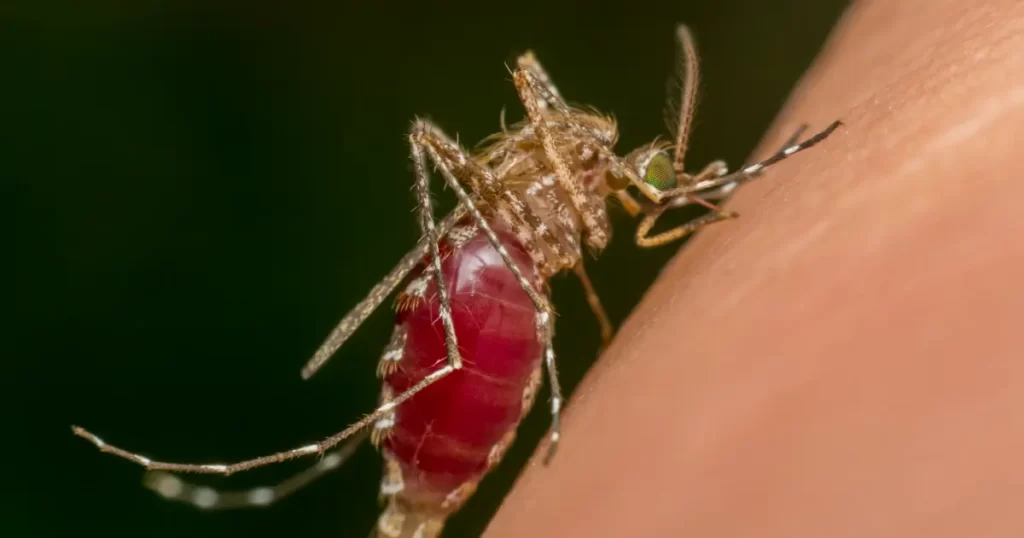Introduction
Discussions about animal rights and humane treatment are often clouded by misinformation. From farming practices to research labs, myths shape how the public views animal welfare policies. These misconceptions can stall progress, weaken protections, and confuse ethical debates. Animal Welfare Myths must be challenged to ensure compassion and science work together.
But what are the most common myths about animal welfare, and how do they mislead both consumers and policymakers?
Myth 1: Animal Welfare and Animal Rights Are the Same
A frequent misunderstanding equates animal welfare with animal rights. Welfare focuses on ensuring animals live healthy lives free from unnecessary suffering, while rights advocates often argue for ending all human use of animals. Therefore, welfare and rights are not identical—confusing them creates polarized debates and hinders constructive solutions.
Animal welfare also includes measurable outcomes such as growth, health, behavior, and longevity. International bodies such as the World Organisation for Animal Health (WOAH, formerly OIE) have published global standards to guide countries in building science-based welfare protections distinct from philosophical rights arguments [1].
Myth 2: Farm Animals Don’t Suffer Like Pets Do
Another myth claims livestock are somehow less capable of pain or emotion than companion animals. Science shows otherwise. Pigs display intelligence similar to dogs, and cows form strong social bonds. Consequently, poor living conditions in industrial farming create measurable stress and suffering, undermining both ethics and food quality.
Research confirms that stress hormones rise in overcrowded environments, reducing immunity and increasing disease risks [2]. Recognizing farm animals as sentient beings underscores why improving their welfare is critical for both compassion and productivity.
Myth 3: Good Welfare Always Costs Too Much
Critics often argue that humane farming or research practices are prohibitively expensive. While initial investments may be higher, studies reveal that improved housing, veterinary care, and handling reduce disease, lower mortality, and often increase productivity. In addition, consumers increasingly demand ethically produced goods, making welfare improvements economically viable.
For instance, certification programs such as Certified Humane and RSPCA Assured show that higher-welfare systems can maintain profitability while meeting ethical consumer expectations [3]. Over time, improved welfare can become a competitive advantage rather than a financial burden.
Myth 4: Regulations Already Guarantee Animal Protection
Some assume existing laws fully protect animals. In reality, enforcement gaps and limited coverage mean many animals remain vulnerable. For example, agricultural exemptions in some countries exclude farmed animals from basic protections. Moreover, research and entertainment industries often operate under outdated standards that fail to reflect current science on animal wellbeing.
Recent studies emphasize that disasters such as floods and hurricanes expose weaknesses in animal protection policies. Livestock often remain unprotected in crisis planning, leaving them vulnerable to disease and death when catastrophes strike [4]. This shows why laws and enforcement must evolve to reflect both everyday welfare and emergency resilience.
Myth 5: Animal Testing Is Always Necessary
The belief that animal testing is indispensable ignores advances in alternatives. Artificial intelligence, organ-on-a-chip models, and human cell cultures increasingly replace live animals in research. As a result, while some testing remains, the future points toward science that is both innovative and humane.
The U.S. Environmental Protection Agency has already committed to phasing out animal testing for chemical safety, emphasizing the credibility of new approaches [5]. While challenges remain, the trajectory clearly points toward methods that reduce or replace live animal use.
The Broader Impact of Animal Welfare Myths
These myths not only harm animals but also distort public health and environmental policy. For instance, ignoring farm animal welfare can exacerbate zoonotic disease risks, undermine food safety, and worsen environmental damage. Therefore, addressing misinformation is not just an ethical task but a public health priority.
Recognizing animal welfare as a foundation for One Health helps connect the dots: healthier animals mean healthier people and ecosystems [6]. Dispelling myths strengthens both compassion and science, creating resilient systems for the future.
Conclusion
The persistence of Animal Welfare Myths prevents societies from adopting humane and sustainable practices. By separating fact from fiction, policymakers, farmers, researchers, and consumers can build systems that respect animals while strengthening human health and the environment.
Ultimately, dispelling myths means embracing evidence. Humane treatment of animals is not an optional ideal—it is a necessity for ethical, sustainable, and resilient societies.
References
- World Organisation for Animal Health (WOAH). (2023). Development of Animal Welfare Standards. https://www.woah.org/en/what-we-do/animal-health-and-welfare/animal-welfare/development-of-animal-welfare-standards/
- Hemsworth, P.H., & Coleman, G.J. (2011). Human–Animal Interactions and Animal Welfare. CAB International. https://doi.org/10.1079/9781845936730.0000
- Blokhuis, H.J., et al. (2019). Economic benefits of high animal welfare standards in livestock production. Animal Frontiers, 9(2), 24–30. https://doi.org/10.1093/af/vfz017
- Filipe, J. F., Herrera, V., Curone, G., Vigo, D., & Riva, F. (2020). Floods, Hurricanes, and Other Catastrophes: A Challenge for the Immune System of Livestock and Other Animals. Frontiers in Veterinary Science, 7:16. https://doi.org/10.3389/fvets.2020.00016
- U.S. Environmental Protection Agency (2019). Directive to prioritize efforts to reduce animal testing. EPA Memo.
- Fraser, D. (2008). Understanding animal welfare. Acta Veterinaria Scandinavica, 50(Suppl 1), S1. https://doi.org/10.1186/1751-0147-50-S1-S1













